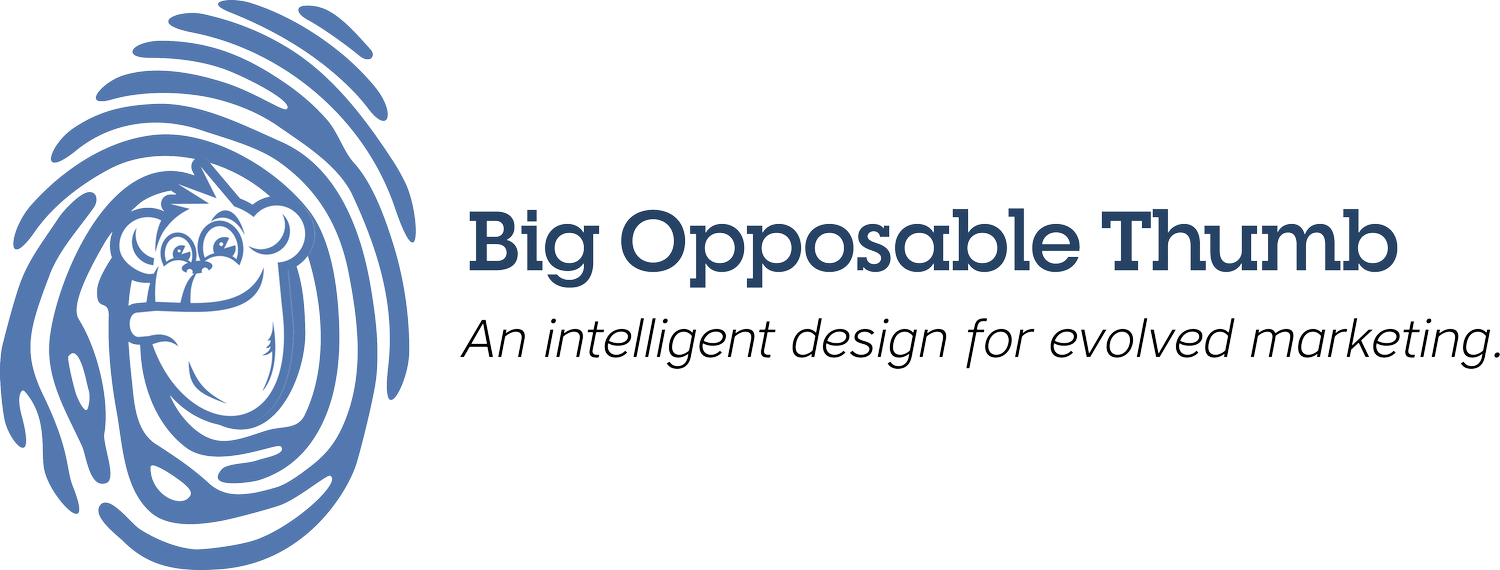Why small businesses need to get weird (or at least a little wild) with their marketing
Let me tell you something I’ve learned after three decades of working with small businesses: the safest marketing is often the least effective.
We all want to play it safe. We worry about saying the wrong thing, looking unprofessional, or—God forbid—offending someone. But in today’s saturated media landscape, playing it safe is the fastest way to be ignored.
I’ve worked with dozens of small business owners who were convinced their marketing needed to look just like their competitors’. “Let’s keep it clean, conservative, and on-brand,” they’d say. But here’s the thing: blending in is the opposite of branding.
Creative Marketing Sticks
There’s actual science behind this. A study published in the Journal of Advertising Research found that ads with emotional appeal—especially humor—are significantly more memorable than those that rely on facts or rational messaging. And Nielsen data backs this up: ads that evoke strong emotions generate a 23% lift in sales compared to more neutral campaigns.
And humor? It's a superpower.
According to Oracle’s 2022 report The Emotion Gap in Marketing, 91% of people prefer brands to be funny, and 72% said they’d choose a brand that uses humor over a competitor. That’s not just preference—that’s influence. That’s buying power.
You Don’t Need a Super Bowl Budget
Now, you might be thinking, “Sure, big brands can afford to be funny or bold, but I’m just trying to keep the lights on.” I hear you. But creativity doesn’t have to be expensive—it just has to be honest, brave, and a little unexpected.
Sometimes Even Bad Press Is Good Press
I’m not saying go out and be offensive or insensitive. But don’t be afraid to ruffle a few feathers—and don’t blink at the first sign of pushback.
One of the most successful commercials I ever produced was specifically designed to make the viewer thinking a mother and young son were driving to the vet to put their dog to sleep. It was for a car dealership willing to take risks. The twist was that it wasn’t the dog (presumed to be “Old Red”) that was getting “old and slow,” it was their red SUV. At the end of the spot the son runs over to their new blue SUV and hugs it, calling it “Old Blue.”
In one weekend, that dealership tripled their sales simply because people wanted to come in and voice their opinion of the spot. Their salespeople were quick to capitalize on their visit and show them both Old Red and Old Blue—conveniently for sale at a “can’t miss” price.
Controversy, when done thoughtfully, can drive curiosity and engagement. Take the Dollar Shave Club launch video—crude, cheeky, and wildly successful. It didn’t appeal to everyone, but it didn’t have to. It made a $1 billion exit.
Even a negative response can work in your favor. People love to share things they hate just as much as what they love (maybe even more). That dealership? well some loved the twist, and others couldn’t get past the setup (some viewers even called the local humane society to complain that the dealership was abusing animals in their commercials).
As long as you’re staying true to your values and not crossing ethical lines, visibility—even polarizing visibility—can drive brand recognition and loyalty. In fact, brands that evoke “strong emotional reactions,” positive or negative, see 2.5x more customer engagement, according to Harvard Business Review.
Breaking Through the Noise
The modern consumer sees between 6,000–10,000 ads per day. Let that sink in. Your audience is swimming in noise. If your message doesn’t stand out, it doesn’t stand a chance.
To break through, you have to be willing to do something different. Something bold. Maybe even something that makes you a little uncomfortable. Creativity is what separates the businesses people remember from the ones they scroll past.
Final Thought: Be Brave
I know it can feel risky to step outside your comfort zone. But that’s where the magic happens. That’s where people notice you, talk about you, and—more importantly—buy from you.
So the next time you’re thinking about running an ad or writing a post or putting up a sign… ask yourself this:
Would you stop to look at it?
If the answer is no, it’s time to get creative.

